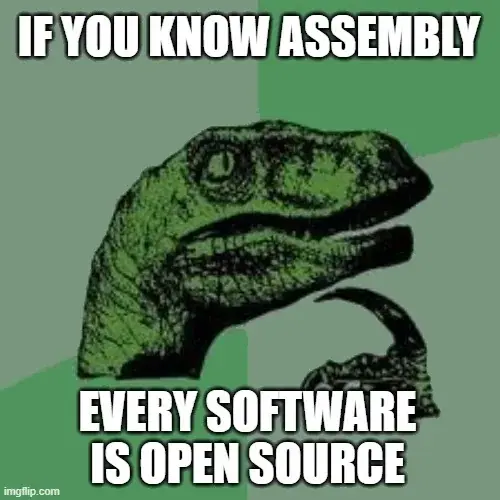this post was submitted on 26 Aug 2023
838 points (91.6% liked)
Programmer Humor
20039 readers
2233 users here now
Welcome to Programmer Humor!
This is a place where you can post jokes, memes, humor, etc. related to programming!
For sharing awful code theres also Programming Horror.
Rules
- Keep content in english
- No advertisements
- Posts must be related to programming or programmer topics
founded 2 years ago
MODERATORS
you are viewing a single comment's thread
view the rest of the comments
view the rest of the comments

The first computer I used was a PDP-8 clone, which was a very primitive machine by today's standards - it only had 4k words of RAM (hand-made magnetic core memory !) - you could actually do simple programming tasks (such as short sequences of code to load software from paper tape) by entering machine code directly into memory by flipping mechanical switches on the front panel of the machine for individual bits (for data and memory addresses)
You could also write assembly code on paper, and then convert it into machine code by hand, and manually punch the resulting code sequence onto paper tape to then load into the machine (we had a manual paper punching device for this purpose)
Even with only 4k words of RAM, there were actually multiple assemblers and even compilers and interpreters available for the PDP-8 (FOCAL, FORTRAN, PASCAL, BASIC) - we only had a teletype interface (that printed output on paper), no monitor/terminal, so editing code on the machine itself was challenging, although there was a line editor which you could use, generally to enter programs you wrote on paper beforehand.
Writing assembly code is not actually the same as writing straight machine code - assemblers actually do provide a very useful layer of abstraction, such as function calls, symbolic addressing, variables, etc. - instead of having to always specify memory locations, you could use names to refer to jump points/loops, variables, functions, etc. - the assembler would then convert those into specific addresses as needed, so a small change of code or data structures wouldn't require huge manual process of recalculating all the memory locations as a result, it's all done automatically by the assembler.
So yeah, writing assembly code is still a lot easier than writing direct machine code - even when assembling by hand, you would generally start with assembly code, and just do the extra work that an assembler would do, but by hand.